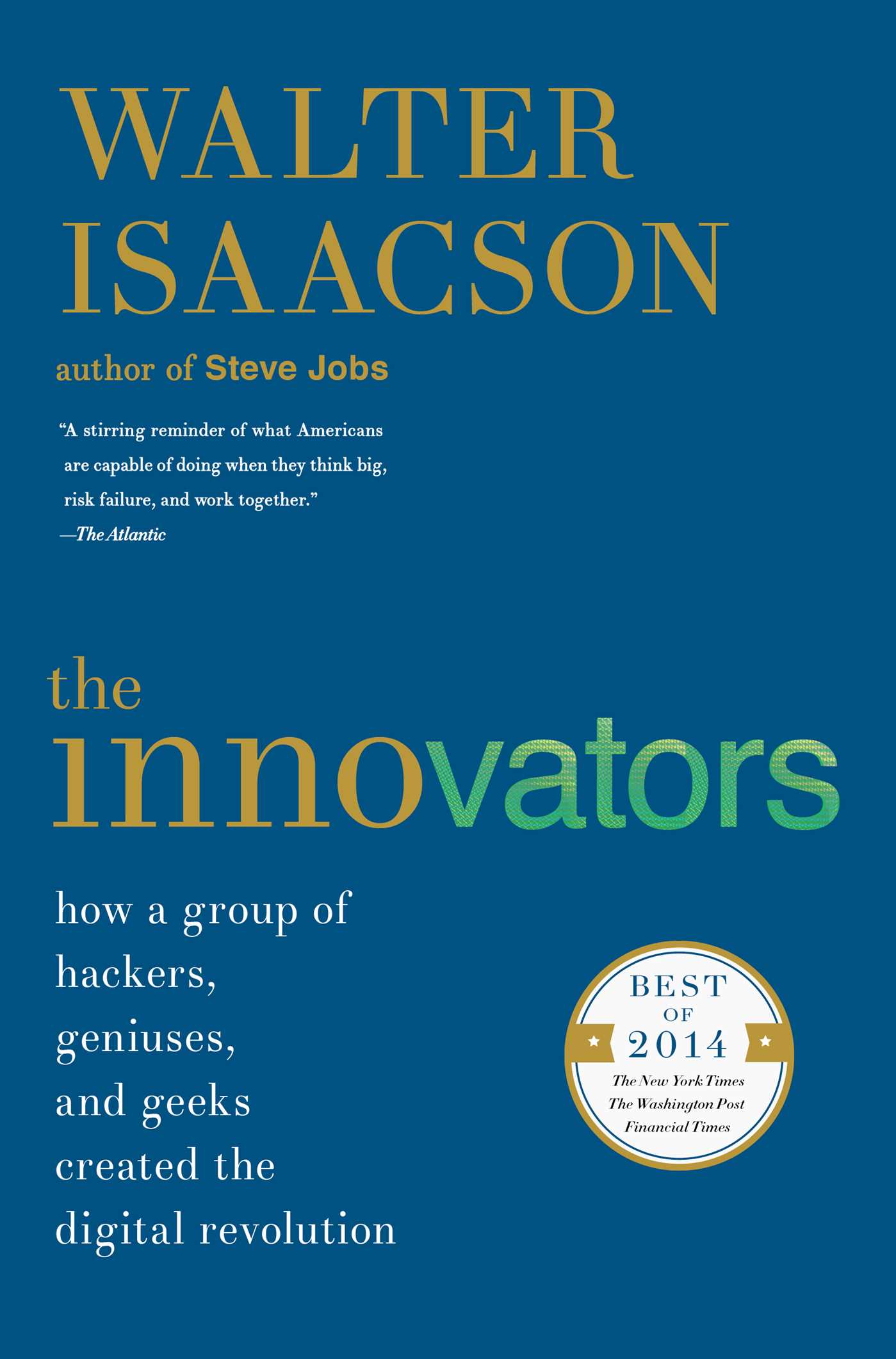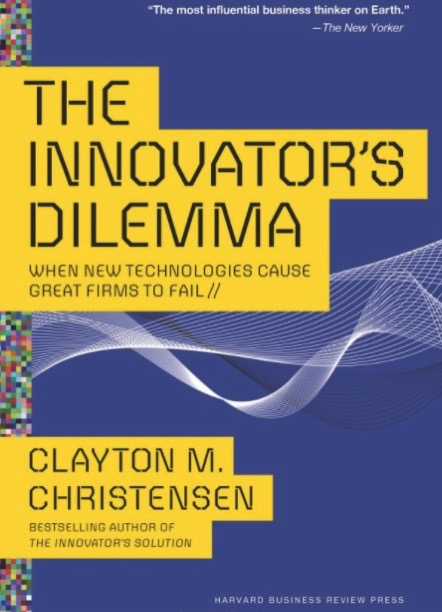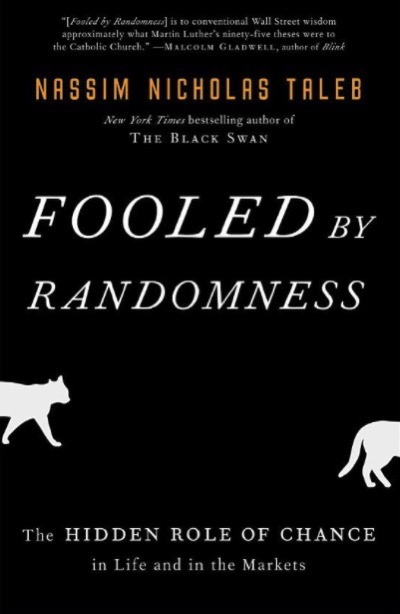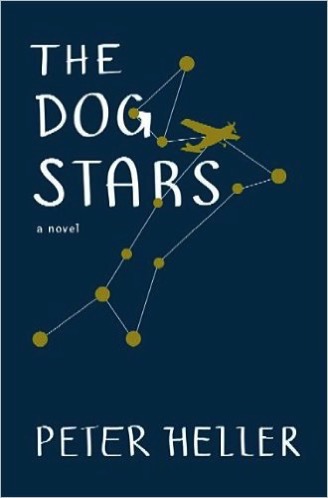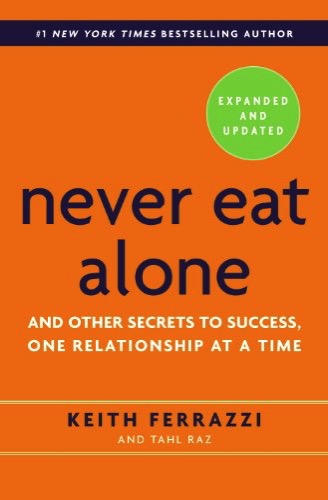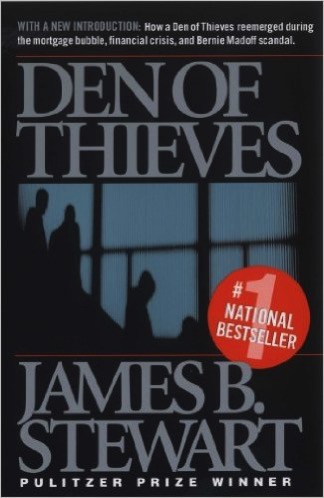From time to time I share notes about the books I’ve been reading, or have revisited recently after many years.
These posts are meant to help me remember what I’ve learned, and to point out titles I think are worth consulting.
For more, see my Book Notes category.

Waking Up: A Guide to Spirituality Without Religion
Published: 2014
ISBN-13: 978-1451636017
Amazon link
Brief Summary
An insightful book about the nature of consciousness and why we don’t need religion to better understand ourselves and the world. What we really need is to understand how our brain works.
My Notes
- Everything in this world shaped by our minds. I like this passage from the very beginning of the book, which sums up quite neatly what Harris, a neuroscientist, wants us to know about consciousness:
Our minds are all we have. They are all we have ever had. And they are all we can offer others…Every experience you have ever had has been shaped by your mind. Every relationship is as good or as bad as it is because of the minds involved.
- “I,” the ego, doesn’t exist. Meditation stops discursive thought and helps us understand how our brain works and how it mediates the world around us.
- Buddhism is different than Abrahamic religions, Harris writes, because it aims to foster an understanding of reality and achieve selflessness. He writes:
Buddhism has been of special interest to Western scientists for reasons already hinted at. It isn’t primarily a faith-based religion, and its central teachings are entirely empirical. Despite the superstitions that many Buddhists cherish, the doctrine has a practical and logical core that does not require any unwarranted assumptions.
And:
Although many Buddhists have a superstitious and cultic attachment to the historical Buddha, the teachings of Buddhism present him as an ordinary human being who succeeded in understanding the nature of his own mind. Buddha means “awakened one,” and Siddhartha Gautama was merely a man who woke up from the dream of being a separate self.
- Meditation, like Vipassana practice, is useful in gaining insight into how our minds work.
- Psychedelic drugs like LSD — the book contains a memorable passage about Harris’s experiences with the drug — are powerful tools, but their use can be perilous.
